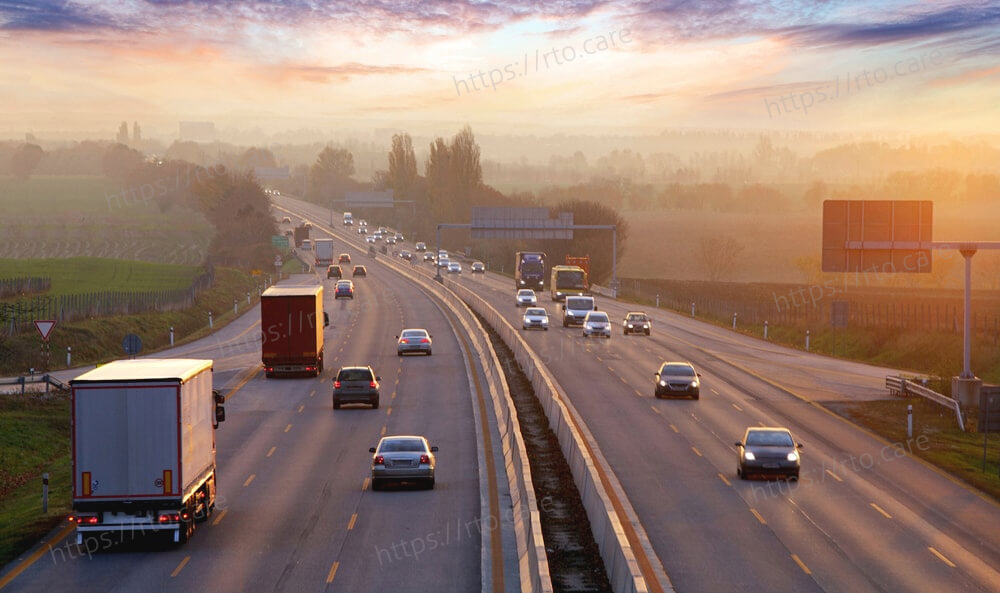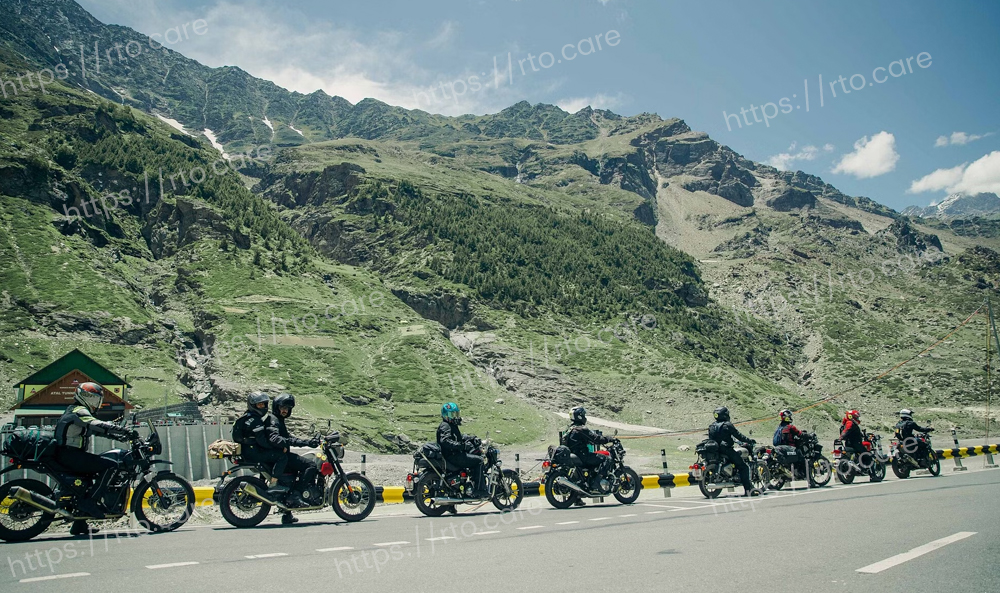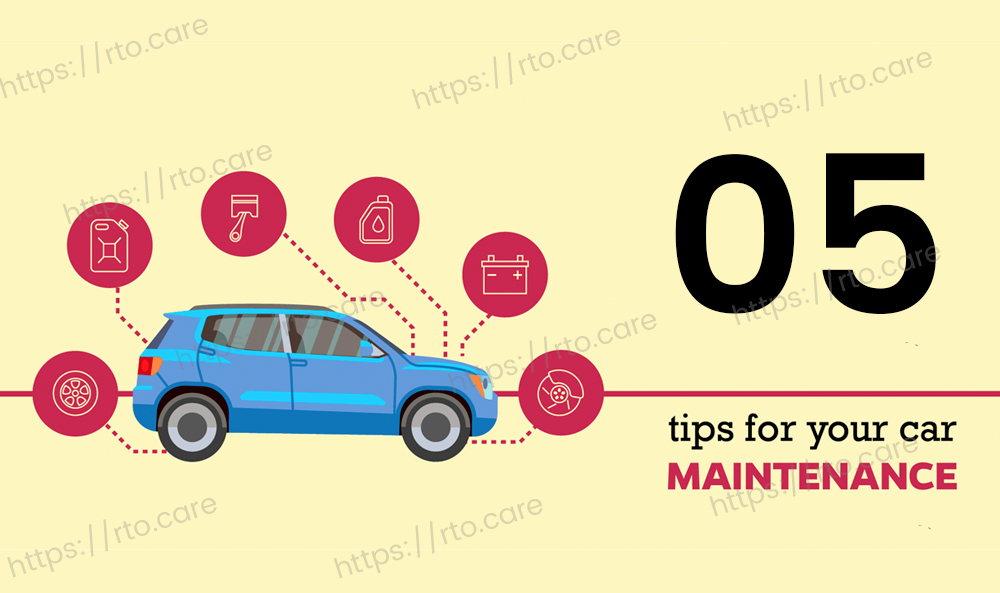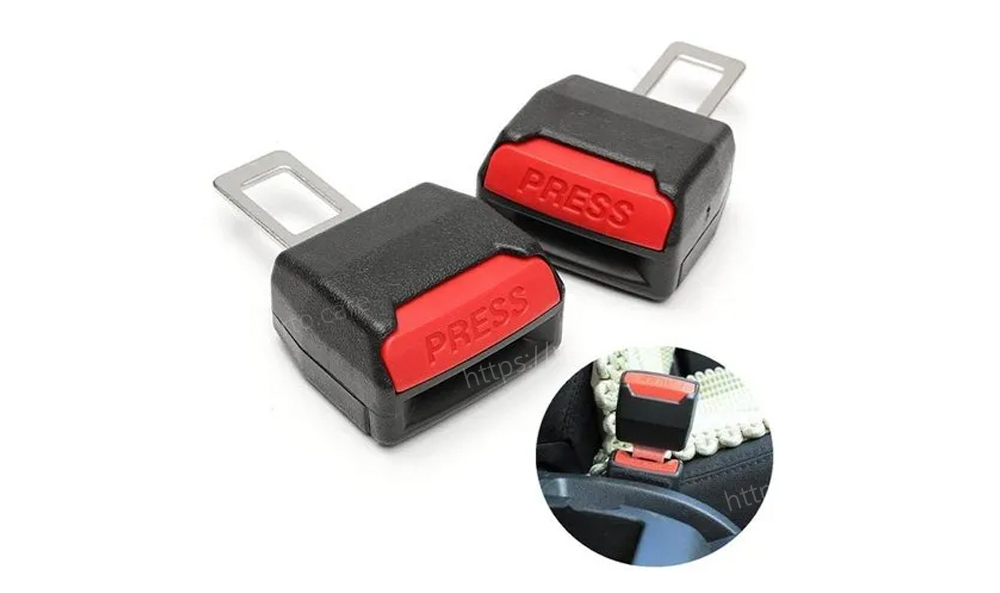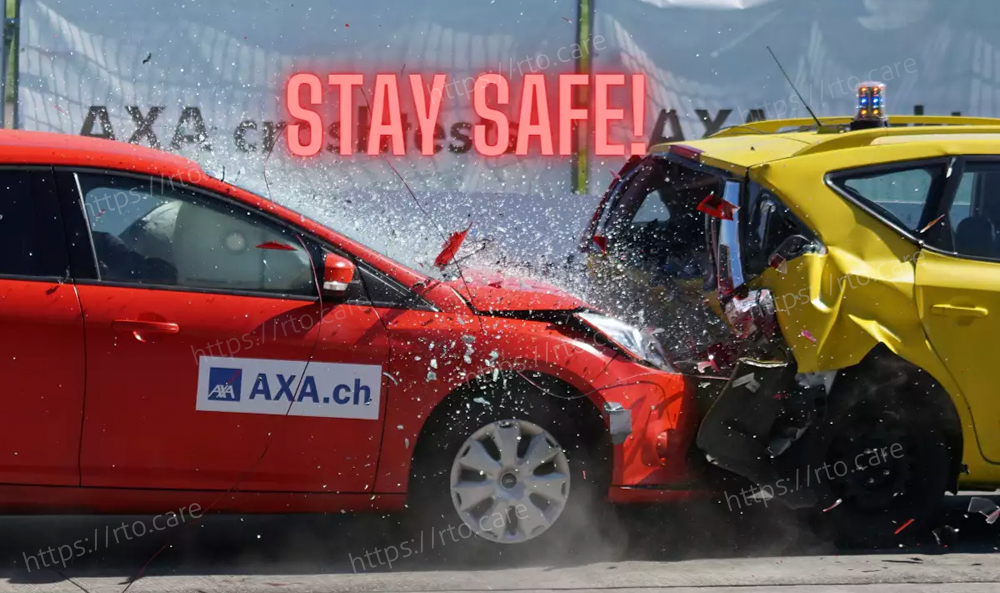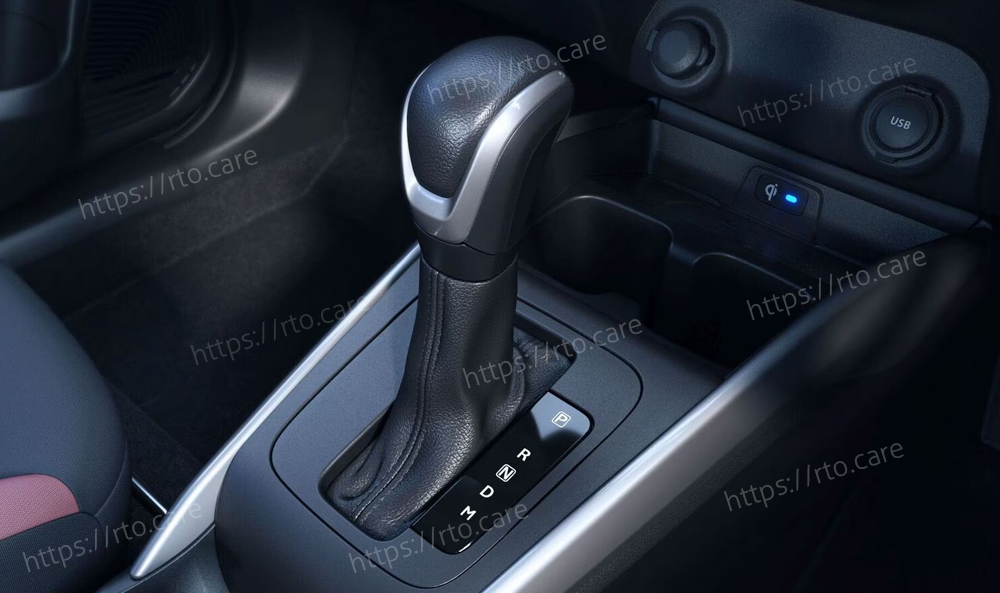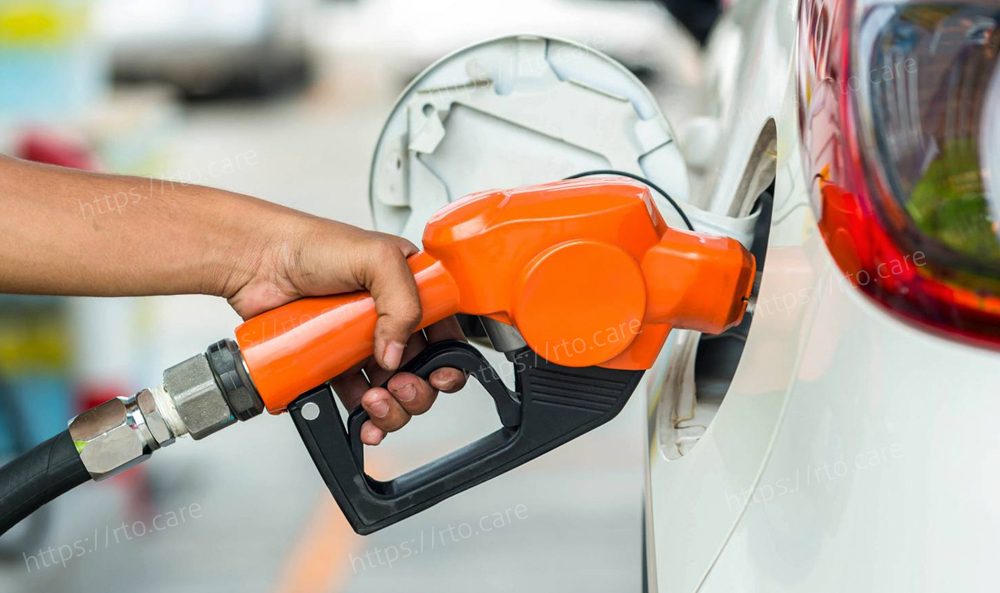A lovely dance of natural beauties and unique views can be seen from the glass as parallel street lights in symmetry and wide lands spread along the roadways. The experience of travelling outside of your city by car and visiting new areas adds a lot of variety to your way of life. Road trips have always been a fantastic method for people to break up their daily routine and create their own world. Your journey will take on more colour if you adhere to some highway driving advice.
Highways are a universe unto itself, which one crosses one toll booth at a time. Highways are a fantastic method to travel between large and small cities and discover the world around us. India is about to widen its highway networks all around the nation, making it simpler for people to commute and travel to far and unfamiliar areas. Indian drivers have developed a new form of expression that has created a community of individuals who throng the highways in quest of solitude and driving pleasure. But every new step comes with a tremendous deal of responsibility, as they say. Highway driving is enjoyable, but if the right standards are not followed, it may also be highly dangerous.
Highway driving advice- Before starting the journey
Pre-drive check
Examining your car is the first thing you should do before setting out on the road. This will involve going over all the necessary papers, including the registration card, the pollution certificate, and the papers for the auto insurance. Check to see whether you have a valid driver's licence and health insurance as well. The next step is to refuel your car and check the tyre pressure.
|
Adequate tire pressure on highways |
Adequate tire pressure on city roads |
|
32 psi to 35 psi |
35 psi to 38 psi |
Find the best route.
Finding the best route to travel for the journey is the next stage. GPS has completely changed the driving experience in the modern era. It aids in route selection before you go out on your journey. Avoid cities along the route and seek for less congested roadways because city highways often have lower speed limits and may also be more crowded. For both your safety and the safety of other drivers on the road, it is crucial that you follow the posted speed limit on roads.
Be cautious for heavy vehicles
In India, highways serve as the main thoroughfares between cities. Typically, big vehicles like trucks and lorries are used to transport merchandise between cities. These enormous trucks can transport everything from items used on a daily basis to cars and ships.
These cars typically have drivers who work lengthy shifts without getting any rest. This results in a hazardous driving situation on the roadways for both truck drivers and commuters. Never zigzag between lanes; always stay in your lane. To ensure a safe and pleasurable trip, be extremely cautious around stationary large trucks.
Be on the lookout for unmarked speed bumps.
In order to control the high-speed traffic at junctions and highway exits, speed breakers are erected on the highways. They are being put in place on the roads with the goal of maintaining junction safety and traffic flow. However, if these speed bumps are unmarked, they might potentially provide a significant risk.
The risk of losing control of your car or harming the suspension system is quite high if you hit the brakes firmly in this circumstance. The safest course of action in this situation is to keep your speed consistent and never go above the speed limit. Crosswalks should be driven slowly, and unmarked speed breakers should be observed.
Twisties can be lethal
In India, many highways, including "The Great Himalayan Expressway," are situated in hilly areas. Driving on such winding roads can occasionally be challenging. Driving in the mountains is a talent in and of itself, thus extreme caution should be used. On the curving roads, be cautious to drive slowly and stay in your lane.In India, many Himalayan roads are often one-way, so be aware of approaching traffic and remember to honk to signal other cars at every bend. Don't forget to yield to heavier cars travelling uphill as well.
Maintain a Speed
The optimal speed to maintain while driving on a highway is less than the posted limit. This means that even if the roadway is empty, you should travel slower than the posted limit. This will prevent you from breaking any rules, and it ought to even make you feel at ease.
Trying to keep up with other drivers isn't really helpful since, more often than not, they are driving too rapidly and you will unnecessarily increase your chance of getting into an accident.
Lane
Avoid lane changes that happen too quickly. Even if it is necessary to change lanes, use your turn signal and all available mirrors to avoid abruptly coming up in front of a moving car in the next lane. Avoid taking the wrong lane as well. When passing someone, you should use the rightmost lane; slow-moving vehicles should use the leftmost lane. For the most of the journey, one should stay in the centre lane(s).
Driving when tired or inebriated
It is very normal to feel tired and worn out after a lengthy stretch of highway driving. Driving while seated causes your muscles to get tight and your mind to grow fatigued. While driving, be careful to stop frequently enough to rest and keep yourself energised. Additionally, it is never advisable to operate a vehicle when intoxicated. This poses a serious risk to both you and other motorists.
Tackling breakdowns
Any road journey has the unpleasant reality of mechanical failures. Vehicle breakdowns may cause a lot of suffering when you're stranded in the middle of nowhere.The best course of action in this situation is to remain cool and get out of the way of the incoming cars. To warn other drivers, turn on the danger lights and position the reflective warning triangle well off the road. Next, make a call to the roadside help and wait for them to come and save you.
Make sure to perform a complete vehicle inspection before setting out on your vacation and learn how to perform some simple repairs, like replacing a fuse or jump-starting a car, to prevent such breakdowns.
